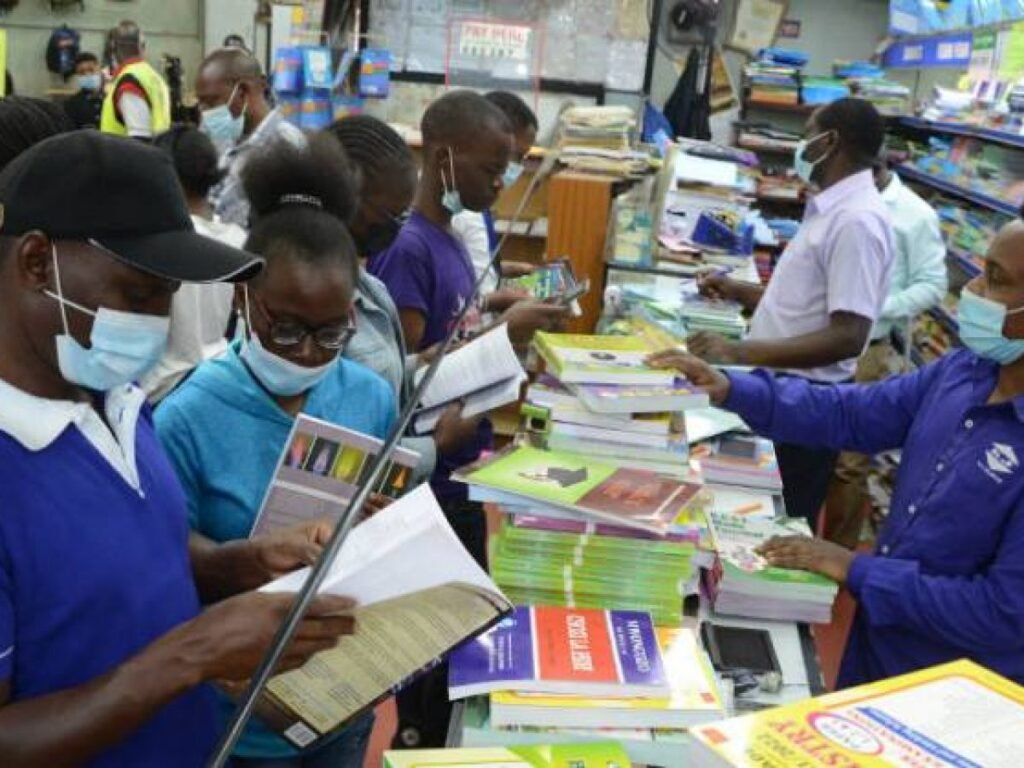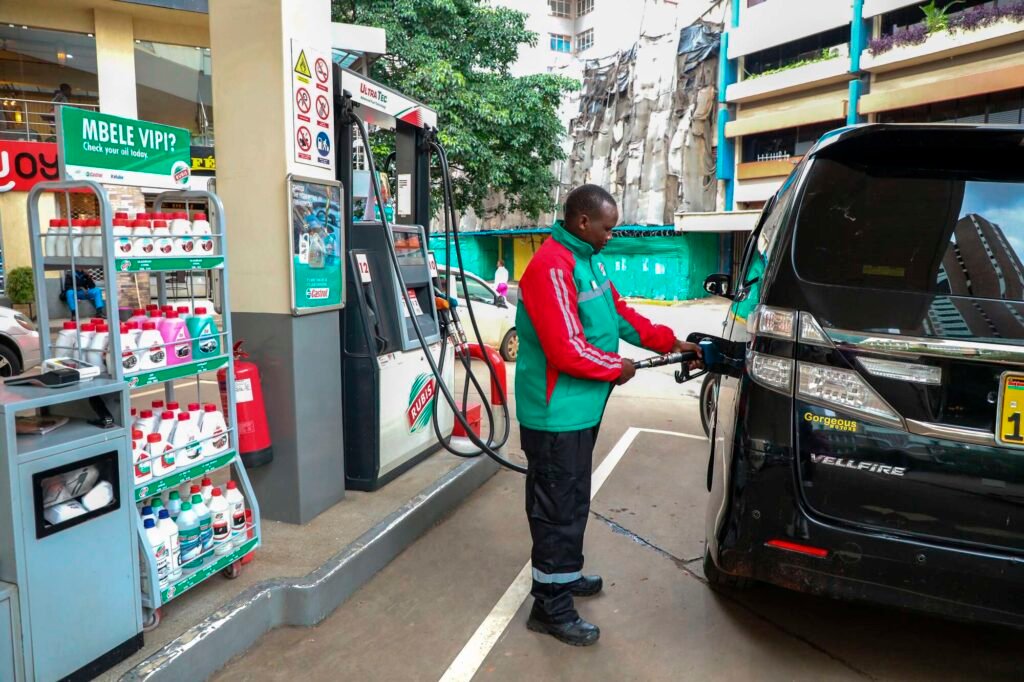General News
Multi-billion Infrastructural Projects Transforming Mombasa

Mombasa County is set for major infrastructural transformation as most of the ongoing multi-billion mega projects near completion.
The Jubilee government has since 2013 invested in excess of Sh3.6 Trillion for various projects at the Coast that upon completion will position the region as an attractive destination for investment, trade and tourism.
On Wednesday, Transport Cabinet Secretary (CS) James Macharia inspected the progress of key infrastructure projects in Mombasa that included the Changamwe inter-change and Phase II of the Dongo Kundu bypass.
Macharia who was accompanied by a team from the Presidential Delivery Unit said the Changamwe inter-change which is expected to be opened to the public on October 21 will be a three-decker which is first of kind in East and Central Africa.
At Dongo Kundu bypass whose status is at 33 per cent complete, the CS said a Japanese consortium, Fujita Corporation-Mitsubishi Corporation is working around the clock to complete the project on time.
The 8.96-km dual carriageway project expected to cost Sh25 billion involves construction of an interchange at the Likoni-Lunga Lunga highway and erection of two bridges: one at Mwache spanning 660 metres, and another at Mteza straddling 1,440 metres
Phase III of the project, which will connect the bridge to South Coast road in Kibundani area, is now at 85 per cent.
Among the projects earmarked for completion are the Sh4.5 billion Makupa Bridge, the Sh16 billion three-deckers Changamwe inter-change and Sh19 billion dual road from Kwa Jomvu to Mariakani.
Others are the Sh40 billion new Kipevu Oil Terminal at the Port of Mombasa and phase II of the second container terminal at the Port of Mombasa.
The Coastal city of Mombasa is also a beneficiary of the Sh1.9 billion Likoni floating bridge and the Sh1 billion modern cruise ship terminal at the Port of Mombasa.
The completion of the Dongo Kundu bypass will drastically reduce traveling distance between Mombasa, Kwale and other surrounding areas and will also ensure free movement of marine vessels that need to access Likoni Harbour as well as enhance traffic to the south coast and also boost trade between Kenya and Tanzania.
The Deputy Project Director Eng. Eustace Mutea said the construction of phase two of the bypass is progressing well and is set for completion in 2024.
“We might complete the project ahead of the stipulated period because we have mobilized all the required equipment and put in place the necessary logistics,” said Eng Mutea.
Coast Regional Commissioner (RC) John Elungata said the massive investment by the national government on the infrastructural projects will significantly transform the region.
Elungata who is also the Chairman of the Regional Development Implementation Coordination Committee said the projects would greatly boost business and other economic activities in the region and the whole country in general.
“The construction of the Lamu Port and other key infrastructural projects in the region are game changers,” said the Regional Commissioner.
In May this year, President Uhuru Kenyatta Commissioned the Lamu Port and launched berth No 1 and container terminal No 1 at Manda Bay.
The Port which has started receiving ships will catapult Kenya into the league of key global trans-shipment and commercial maritime hubs.
It is expected to give huge competition to established ports such as Durban of South Africa, Djibouti and Salalah of Oman.
General News
IMF Criticizes Kenya’s Fuel Subsidy Re-Introduction, Warns of Budget Distortion

The International Monetary Fund (IMF) has criticized Kenya for re-implementing the fuel subsidy scheme, expressing concerns that the lack of funds to pay oil marketers could distort the budget.
Despite a previous commitment by President William Ruto in 2022 not to subsidize pump prices, the government reintroduced the subsidy, preventing petrol and diesel prices from reaching higher levels in October 2023.
The IMF argues that the subsidy was applied without available funds, as the Treasury has yet to pay oil marketers at least Ksh9 billion ($55.6 million) accumulated from the previous year. President Ruto’s decision to reinstate subsidies goes against conditions set by the IMF for accessing loans.
Petrol and diesel prices, which were Ksh217.36 ($1.34) and Ksh205.47 ($1.27) respectively in Nairobi in October 2023, remained lower than the potential Ksh220.43 ($1.36) and Ksh217.11 ($1.34) due to the subsidy. However, the IMF disapproves of the decision, emphasizing that the removal of the subsidy was a key condition for a 38-month budget support scheme.
The IMF criticizes the prolonged process of forming a taskforce and delays in implementing decisions regarding fuel pricing.
The removal of the subsidy in May of the previous year led to record-high pump prices, crossing the Ksh200-mark later in the year due to a combination of subsidy removal and a VAT increase to 16 percent.
Kenya’s administration, faced with rising fuel costs, chose to reinstate the subsidy, prompting the IMF to raise alarms over the lack of budgeted funds and potential distortions in the country’s financial plans.
The ongoing disagreement highlights the challenges and consequences associated with balancing domestic economic policies and meeting international financial commitments
General News
Parents in Meru County Turn to Second-Hand Books Amid Economic Hardships

As the back-to-school rush season unfolds in Meru County, a growing number of parents are making a strategic choice to purchase second-hand books for their children.
This decision stems from the challenging economic conditions that have prompted families to seek ways to cut costs.
Among these parents is Ms. Prisca Gakii, who revealed that opting for second-hand books allows her to save money, which can then be allocated towards essential expenses like school fees.
She highlighted a practical advantage for Form-One students, emphasizing that using older books can protect them from potential theft, as new books often become targets for less scrupulous classmates.

Ms. Gakii pointed out a notable price difference, citing an example of a new Oxford dictionary priced at almost Sh1,900, compared to a used one available for Sh1400.
She justified her preference for the older but more affordable option, emphasizing that they contain the same content.
Janet Wamuyu, a second-hand books trader, shed light on the lucrative nature of their business during the opening of the first term, which coincides with the peak season.
As learners transition to new grades or classes, there is a heightened demand for various books, including dictionaries, Kamusi, and Golden Bells.

Wamuyu explained that this period, especially when Form-One students are joining school, facilitates easy acquisition of books for new stock.
The trading process involves exchanging books for the next grade or class at a lower rate, providing an economical alternative for parents instead of purchasing an entirely new set of books.
She further noted that their source of new stock comes from parents whose children have completed their studies and no longer require the books.
Despite the success during the peak season, Wamuyu acknowledged the challenges faced during other times of the year when only a few revision books are in demand, highlighting the cyclical nature of the business in Meru County.











